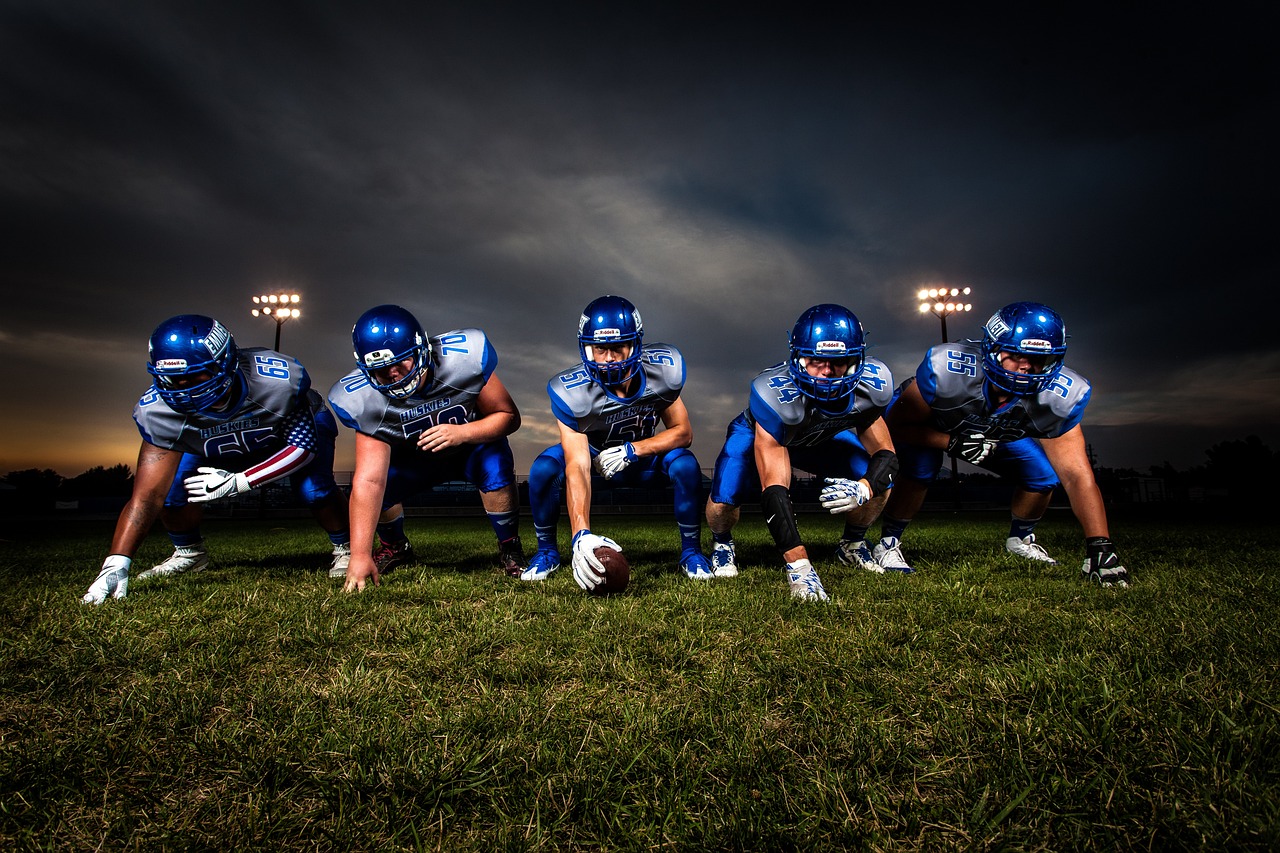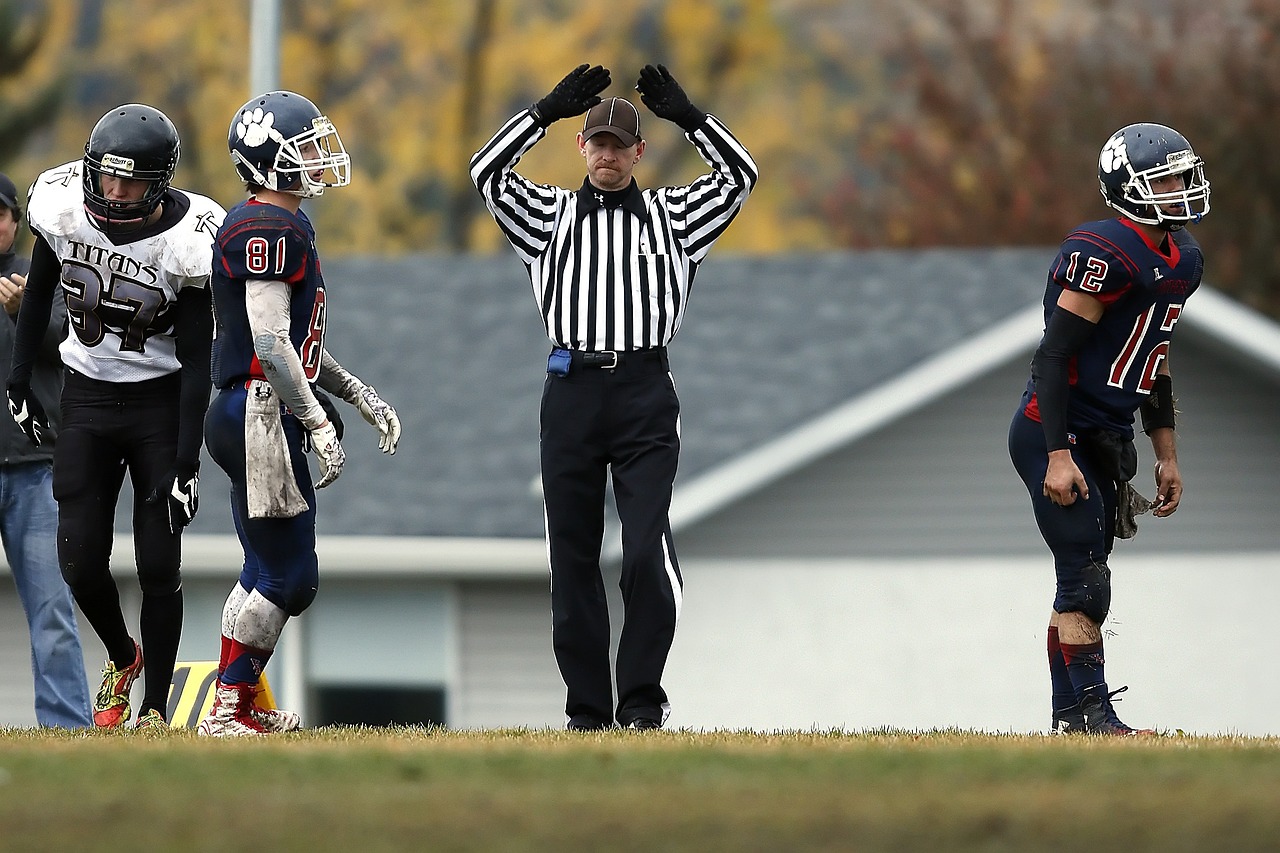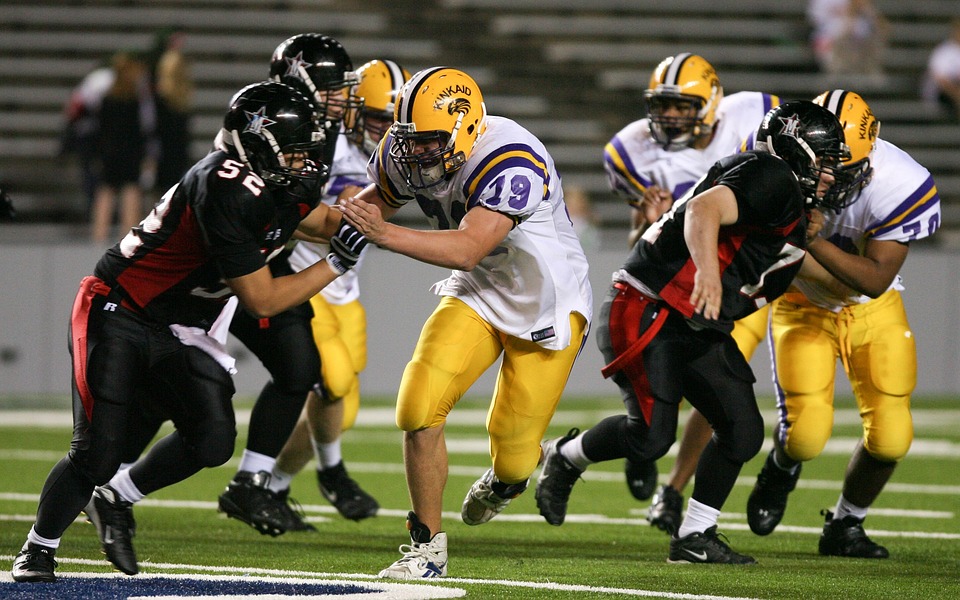How Wide is a High School Football Field: An In-Depth Guide

Football is a beloved sport in high schools across the country, and understanding the dimensions of a football field is essential for players, coaches, and fans alike. In this comprehensive guide, we will delve into the specifics of how wide a high school football field is and explore other important dimensions, markings, and features of the field. Whether you’re a player looking to gain an edge on the competition or a fan seeking a deeper appreciation for the game, this article will provide you with all the information you need.
The Standard Dimensions of a High School Football Field
The width of a high school football field is a crucial factor that affects gameplay and strategy. According to the National Federation of State High School Associations (NFHS), the width of a high school football field is 53 feet and 4 inches. This measurement is consistent across all high school football fields and ensures a standardized playing area for teams at this level of play.
End Zones and Sidelines
To fully understand the width of a high school football field, it’s important to consider the dimensions of the end zones and sidelines. The end zones are the areas at either end of the field where teams score points by crossing into them with the ball or kicking the ball through the uprights. The NFHS specifies that each end zone must be 10 yards deep. This means that the total length of the field, including the end zones, is 120 yards.
The sidelines on a football field run the length of the field and play a critical role in defining the playing area and keeping players within bounds. The NFHS mandates that the sidelines on a high school football field must be 6 feet wide. These sidelines, along with the end zones, contribute to the overall width of the field.
Hash Marks and Yard Lines
Another important aspect of a high school football field’s dimensions is the placement of hash marks and yard lines. Hash marks are small mirroring sets of dashes that run in the center of the field and help referees and players pinpoint where the ball should be placed during certain plays. The NFHS specifies that the distance between two sets of hash marks on a high school football field is 53 feet and 4 inches.
The football field is divided into 98 yard lines, with each yard line marking one yard of progress towards the opponent’s end zone. The yard lines start at each end zone and extend all the way across the field. Field numbers are placed every 10 yards, starting from 10 and increasing up to 50 in the middle of the field, then decreasing to 10 approaching the opposing goal lines. At midfield, there is a 50-yard line that is used to divide the field in half.
Goal Posts and Goal Lines
The goal posts and goal lines are significant components of a high school football field. The goal posts are located in front of each end zone and serve as the target for field goal and extra point attempts. According to NFHS regulations, high school goal posts must be 23 feet and 4 inches wide.
The goal lines, on the other hand, are located at each end of the field and indicate where a team must score to earn points. The goal lines are parallel to the end lines and placed 10 yards from and parallel to the end lines, measuring the same width as the field itself, which is 53 feet and 4 inches.
Additional Considerations
While the dimensions of a high school football field remain consistent across all schools, there are a few additional factors that may vary based on the specific field or league regulations. These include:
- Sideline Numbers: Some high school football fields may feature sideline numbers, which are large, visible markings that indicate the yard line number at regular intervals along the sidelines. These numbers are often located 6 feet off the sideline and provide a quick reference for players, coaches, and officials.
- Advertising and Decorative Markings: Depending on the school or league, high school football fields may include advertising or decorative markings. These markings, such as logos, team names, or emblems, can add aesthetic appeal to the field but should not obstruct yard lines, goal lines, or sidelines.
- Contrasting Coloring and Field Design: High school football fields may incorporate contrasting coloring in the end zones or other areas of the field. These design elements can enhance visibility and provide a unique touch to each school’s playing surface.
Conclusion
The width of a high school football field is an integral part of the game, impacting strategy, gameplay, and the overall experience for players and fans. With a standardized width of 53 feet and 4 inches, high school football fields provide a consistent playing area for teams across the country. Understanding the dimensions of the field, including end zones, sidelines, hash marks, yard lines, and goal posts, allows players, coaches, and fans to fully appreciate the intricacies of the game. So, the next time you watch a high school football game, take a moment to appreciate the precision and planning that goes into every inch of the field.





